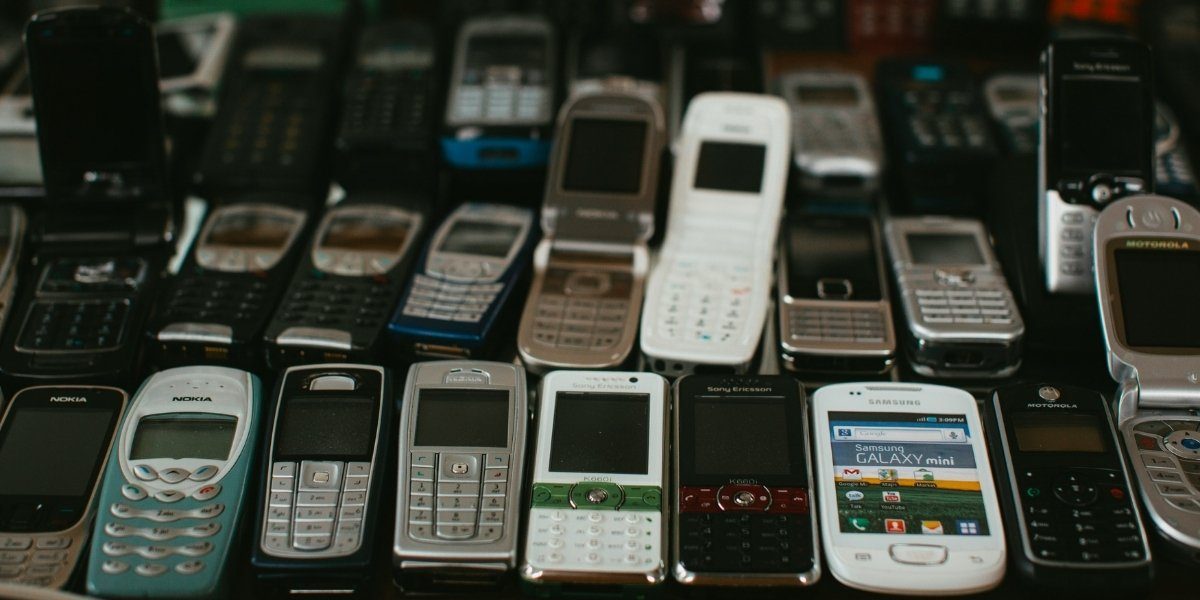From Brick to Pocket Supercomputer: Tracing the Evolution of Mobile Technology
The story of mobile technology is one of rapid transformation. From the early days of bulky handsets with limited functionality to today’s sleek devices that serve as personal assistants, entertainment hubs, and productivity tools, mobile phones have evolved into essential elements of daily life. Tracing their development reveals not only advances in engineering and design but also a shift in how people interact with the world around them. This journey from simple communication tools to pocket supercomputers marks one of the most significant technological revolutions of the modern era.
Read Also: The Growing Importance of Data Privacy in Today’s World
What Did the First Mobile Phones Look Like?
The earliest mobile phones were anything but mobile by today’s standards. In the 1980s, devices like the Motorola DynaTAC 8000X were introduced to a market fascinated by the idea of wireless voice communication. These early models were heavy, large, and expensive, often referred to as “bricks” because of their size and shape. Battery life was limited, and calls were restricted to basic voice transmission.
Despite their limitations, these first-generation mobile phones were revolutionary. They marked the beginning of a new era—one where communication was no longer tied to landlines. For many users, especially business professionals, the ability to make calls from anywhere offered unprecedented freedom.
How Did Feature Phones Change Mobile Use?
As technology improved in the 1990s and early 2000s, mobile phones became smaller, more affordable, and accessible to a broader population. These feature phones introduced capabilities beyond voice calls, including text messaging (SMS), simple games, and limited web access. Devices like the Nokia 3310 became cultural touchstones, remembered for their durability and battery life.
This period also saw the rise of monochrome screens, predictive text input, and customizable ringtones. Phones began to reflect users’ personalities, with interchangeable covers and themes. While still far from what smartphones would become, feature phones shifted the public’s expectations for what a mobile device could do.
When Did Smartphones Redefine Mobile Technology?
The launch of the Apple iPhone in 2007 marked a major turning point in mobile technology. Combining a touch interface with internet access, multimedia features, and a user-friendly operating system, the iPhone redefined the concept of the mobile phone. It wasn’t just a device for calling or texting—it became a miniature computer.
Smartphones expanded the definition of mobile technology by introducing apps, high-resolution cameras, GPS navigation, and streaming media. Google’s Android platform followed soon after, offering an open-source alternative that fueled rapid innovation and competition.
The smartphone era also saw the rise of app stores, empowering users to customize their devices with tools for productivity, creativity, and entertainment. Whether managing finances, editing photos, or connecting on social media, people began using their phones for nearly every aspect of life.
What Are the Key Advancements in Modern Smartphones?
Today’s smartphones are powerful machines with capabilities that rival traditional computers. Key areas of advancement include:
Processing Power
Modern smartphones are equipped with multi-core processors and dedicated GPUs, allowing them to handle demanding applications, games, and multitasking. Companies like Qualcomm, Apple, and Samsung continue to push the limits of mobile computing with chipsets that offer both speed and energy efficiency.
Display Technology
From small LCD screens to OLED and AMOLED displays with vibrant colors and high resolutions, phone screens have evolved significantly. The move toward edge-to-edge displays and high refresh rates has improved the visual experience for everything from video streaming to gaming.
Camera Capabilities
Smartphone cameras have become a major focus of innovation. Features like multiple lenses, night mode, AI enhancements, and 4K video recording allow users to capture professional-quality images and videos. Photography is now central to mobile use, reshaping how memories are documented and shared.
Network Connectivity
With the rollout of 5G, mobile internet speeds have reached new heights. Faster connectivity enables smoother video calls, quicker downloads, and real-time cloud access. This advancement also supports emerging technologies such as augmented reality (AR) and remote collaboration, expanding the phone’s potential far beyond personal use.
How Has Mobile Technology Changed Society?
The impact of mobile phones extends far beyond hardware. These devices have transformed communication, making instant connection possible regardless of location. Texting, video chatting, and social media have redefined how people maintain relationships and engage with communities.
In commerce, smartphones have enabled mobile banking, digital wallets, and e-commerce platforms, changing how people buy, sell, and manage money. Businesses of all sizes now rely on mobile technology for operations, marketing, and customer engagement.
Entertainment has also shifted dramatically. People stream music, watch movies, and play complex games on their phones. Platforms like YouTube, TikTok, and Instagram have turned everyday users into content creators, shaping global culture from the palm of their hands.
Education and information access have similarly benefited. With mobile internet, people can learn languages, read news, or attend virtual classes from virtually anywhere. This has had significant implications for digital literacy and lifelong learning, particularly in underserved regions.
What Challenges Come with Rapid Mobile Growth?
While mobile technology has brought many benefits, it also presents challenges. Concerns about privacy, screen addiction, and digital dependence have grown as smartphones become more integrated into daily life. Questions around data security, mental health, and information overload highlight the need for responsible usage and regulation.
Additionally, the environmental impact of producing and disposing of mobile devices is a growing issue. Efforts are underway to develop more sustainable practices, including longer-lasting batteries, recyclable materials, and ethical sourcing of components.
Where Is Mobile Technology Headed?
Looking ahead, mobile phones are poised to become even more central to daily life. Innovations in foldable screens, wearable integration, and AI-powered features suggest that the line between mobile phones and other digital tools will continue to blur.
As voice interfaces, biometric security, and cloud computing evolve, mobile technology will likely become more intuitive and personalized. The smartphone may soon serve as the control center for connected homes, workplaces, and health systems.
Read Also: The Great White Shark: Conservation Challenges and Ecological Importance
From heavy bricks to sleek supercomputers, the evolution of mobile phones reflects an extraordinary journey of innovation. What began as a tool for making calls has grown into a device that connects, entertains, educates, and empowers. As mobile technology continues to advance, it will undoubtedly shape the future in ways that are still unfolding—touching every aspect of how people live, work, and communicate.














